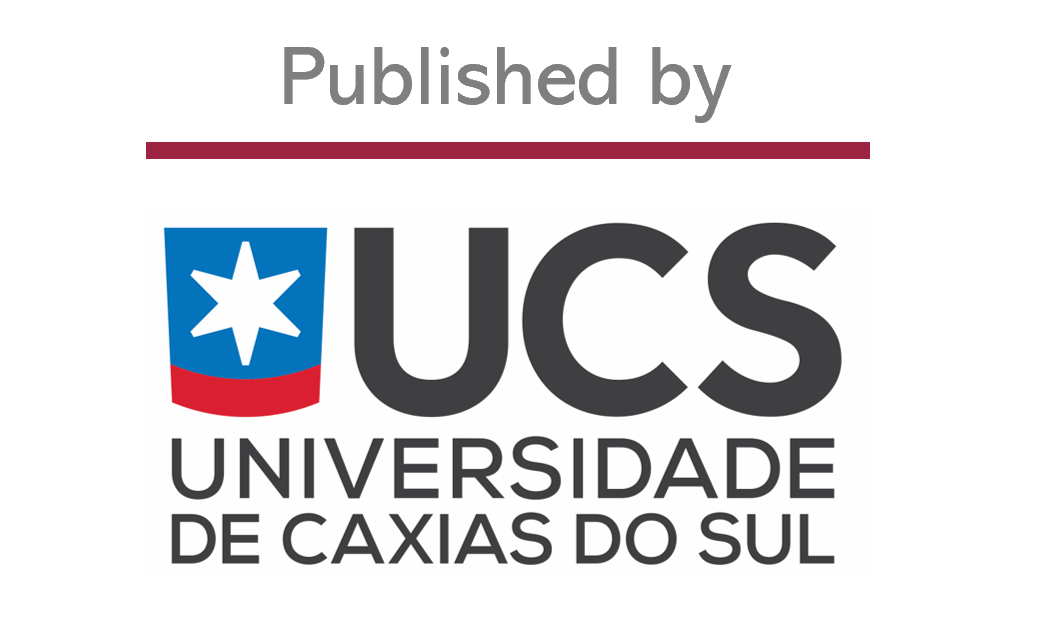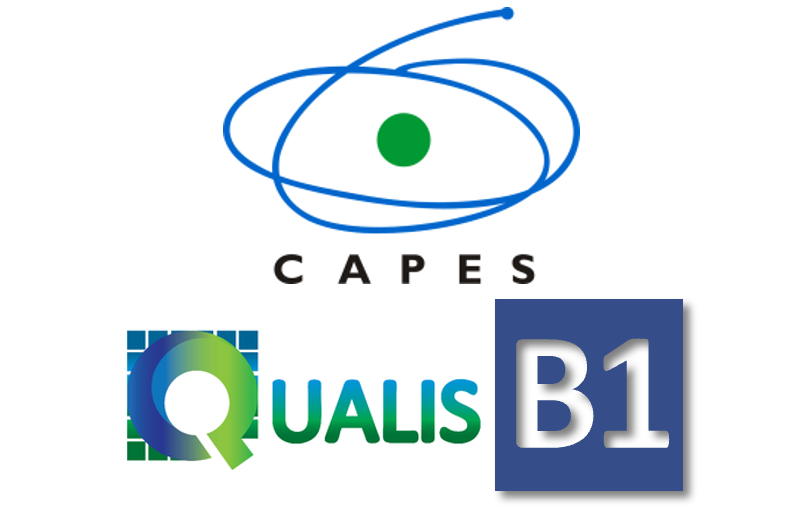
Scientia cum Industria (ScI) is a peer reviewed platinum open access journal dedicated to publishing scientific research in all areas of innovation in Science, Engineering and Technology with focus on fundamental and applied research in benefit of industrial practices, as well modern educational practices in engineering, science and mathematics.
eISSN: 2318-5279



